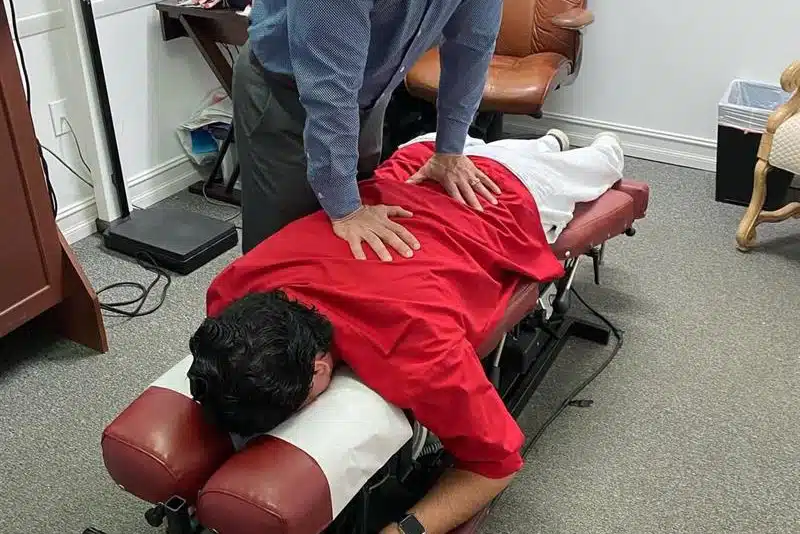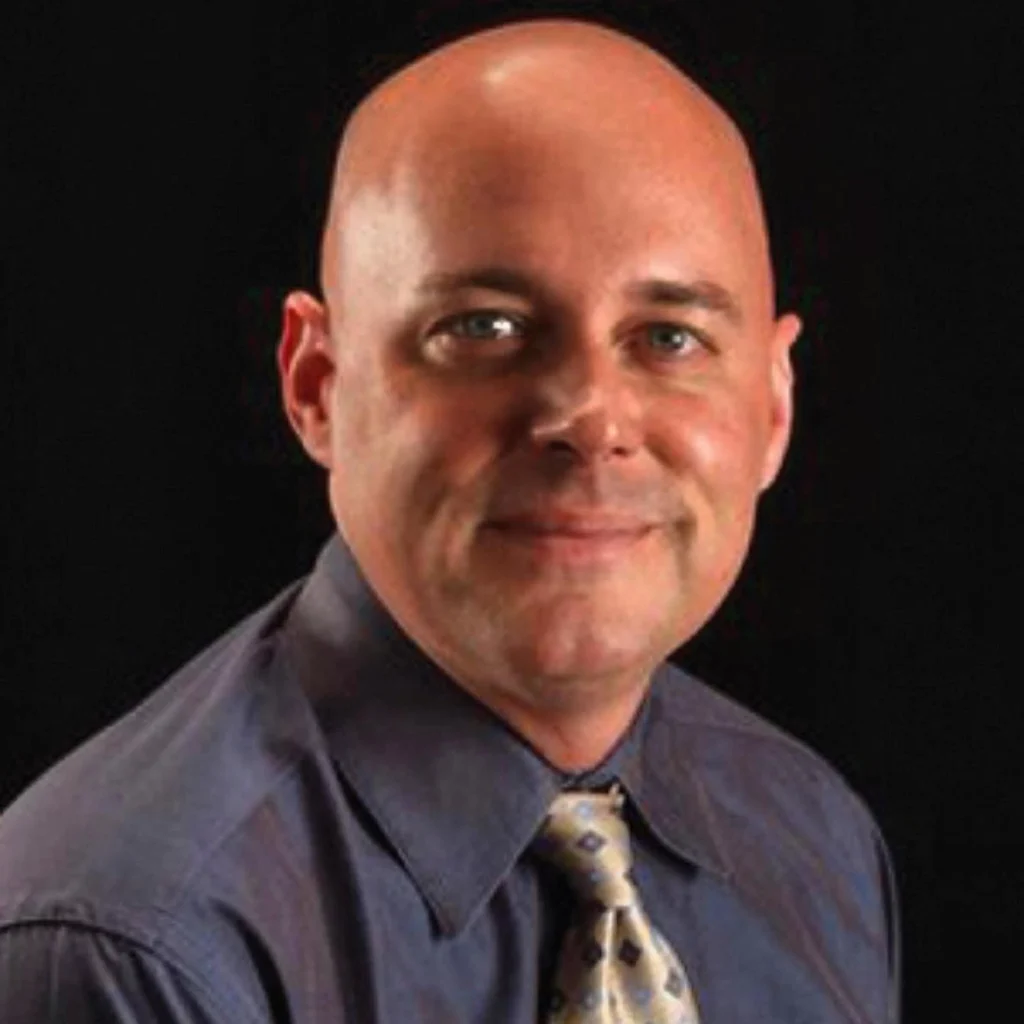
Scoliosis Treatment in Naples, FL
Scoliosis can affect more than just your spine, it impacts posture, comfort, and overall function. At Bergtold Chiropractic Naples Florida, we take a comprehensive, whole-body approach to scoliosis care that supports long-term mobility, strength, and balance.
Our care plans often include gentle spinal adjustments, posture-focused exercises, and guidance for daily movement to reduce stress on the spine. Early intervention is key, especially in teens and young adults, to minimize progression and improve quality of life. No matter your age or stage of curvature, we work with you to create a personalized plan that supports better alignment and lasting results.
What Is Scoliosis?
Scoliosis is a condition that involves a sideways curvature of the spine, often affecting posture and function throughout the body.
Understanding its type and cause is crucial for designing the right treatment strategy.
- Structural scoliosis involves a fixed spinal curve and is typically genetic or developmental.
- Functional scoliosis results from muscle imbalance or poor posture and often improves with care.
- Adolescent idiopathic scoliosis is the most common type and often appears during puberty.
- Adult scoliosis may stem from aging, arthritis, or past injuries and can worsen if left untreated.
Scoliosis is more than just a spinal issue, it affects your entire movement system and should be addressed early.
Signs and Symptoms of Scoliosis
Recognizing scoliosis symptoms early can make a significant difference in treatment outcomes.
These signs often reflect the body’s compensation patterns in response to uneven spinal loading.
- Uneven shoulders or hips may suggest underlying curvature.
- Ribcage protrusion on one side can become visible during bending or movement.
- Chronic muscle tightness often occurs in the same area of the back.
- One-sided back pain or fatigue may increase with activity.
- Postural imbalance such as leaning to one side or feeling “off” when walking.
Not all scoliosis is painful, but the body’s compensations often are—addressing them early leads to better long-term results.
Types of Scoliosis
Knowing the type of scoliosis you have helps guide effective care.
Each type of scoliosis requires a different approach to treatment and management.
- Structural scoliosis involves a rigid curve and typically persists over time.
- Functional scoliosis is posture or muscle-related and often improves with chiropractic care.
- Idiopathic scoliosis has no clear cause and often requires monitoring during growth.
- Neuromuscular scoliosis results from muscular or nerve conditions and may present more complex challenges.
Accurate diagnosis through imaging ensures the treatment plan targets the exact cause of imbalance.
What Are the Common Causes of Scoliosis?
Scoliosis can develop from a range of causes, some preventable and others genetic.
Understanding the source helps prevent progression and reduce pain.
- Genetics or family history often plays a role in idiopathic scoliosis.
- Postural imbalances such as long-term slouching, can lead to spinal curvature.
- Uneven muscle development from sports or repetitive motion can strain the spine.
- Growth spurts in adolescence make the spine more vulnerable to developing curves.
- Degenerative disc changes in adulthood can shift vertebral alignment.
Identifying and addressing these factors early helps limit long-term spinal strain.
Temporary Pain Relief
If you’re experiencing scoliosis discomfort, there are ways to manage symptoms until you begin treatment.
These at-home methods offer temporary relief but are not substitutes for professional care.
- Apply heat therapy to reduce muscle tightness and improve flexibility.
- Use posture-correcting supports when sitting or standing for long periods.
- Stretch regularly to relieve tension in the spine, hips, and legs.
- Engage in light core exercises like bird-dogs to support spinal stability.
- Avoid prolonged sitting or asymmetrical loading, such as carrying heavy bags on one side.
While these methods may reduce short-term discomfort, a personalized chiropractic plan delivers longer-lasting results.
Chiropractic Treatment of Scoliosis
Effective scoliosis care addresses more than just the spine, it looks at your full-body alignment.
At Bergtold Chiropractic Naples Florida, we use a variety of techniques tailored to your condition and movement needs.
- Postural assessments identify imbalances throughout the body.
- Chiropractic adjustments correct spinal misalignments and reduce nerve pressure.
- Soft tissue therapies target tight muscles and improve mobility.
- Spinal decompression gently stretches the spine to reduce disc compression.
- EMS and FAR-infrared therapy promote core engagement and reduce inflammation.
By treating the whole body, we help reduce symptoms and improve movement patterns for better long-term stability.
Long-Term Problems Due to Ignoring Scoliosis
Leaving scoliosis untreated can lead to progressive spinal issues and systemic health problems.
Addressing it early helps avoid structural and neurological complications down the line.
- Worsening spinal curvature can eventually affect lung or heart function.
- Chronic muscle strain and fatigue may reduce your activity levels.
- Nerve compression could lead to numbness, tingling, or mobility issues.
- Postural deformities like rib prominence or uneven hips may become permanent.
- Increased risk of spinal fusion surgery as curvature progresses in adulthood.
Proper care doesn’t just manage symptoms—it prevents the need for more invasive procedures in the future.
How Bergtold Chiropractic Naples Florida Can Help in Scoliosis Treatment
Scoliosis care at our clinic is personalized, full-body focused, and built on clinical experience.
We work closely with you to build strength, reduce pain, and promote better movement patterns.
- Thorough evaluations identify biomechanical dysfunction from head to toe.
- Custom treatment plans address both the spinal curve and its compensations.
- Chiropractic adjustments and decompression target alignment and nerve health.
- EMS therapy supports core engagement and stability during rehabilitation.
- Postural training and movement correction help sustain improvements beyond the clinic.
Our goal is to help you feel stronger, move better, and reduce scoliosis-related pain with care tailored to your needs.
BOOK AN APPOINTMENT
Request an appointment: call (239) 686-0110 or use the online booking tool below.
Frequently Asked Questions
- Does medical insurance cover scoliosis treatment?
Yes, many plans include chiropractic care when scoliosis treatment is medically necessary. We help verify your coverage before starting care. - Can scoliosis be helped?
Definitely. While it may not be fully reversible, chiropractic and postural care can manage symptoms, slow progression, and improve function. - Is scoliosis a neurological condition?
No, scoliosis is musculoskeletal. But it can cause neurological symptoms if spinal curvature leads to nerve compression. - Does scoliosis worsen with age?
Yes, without care, spinal curves may progress over time. Early intervention can reduce long-term complications. - Can chiropractors actually help with scoliosis?
Yes. Chiropractors treat spinal misalignment, muscular imbalances, and postural dysfunction, key contributors to scoliosis symptoms.

